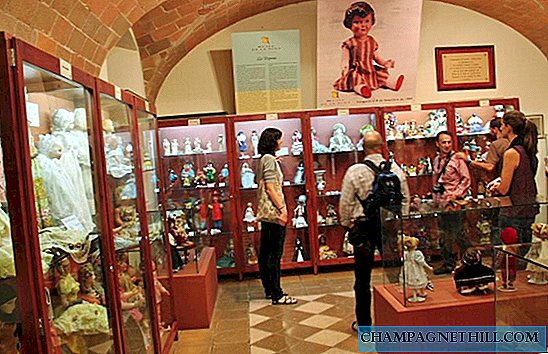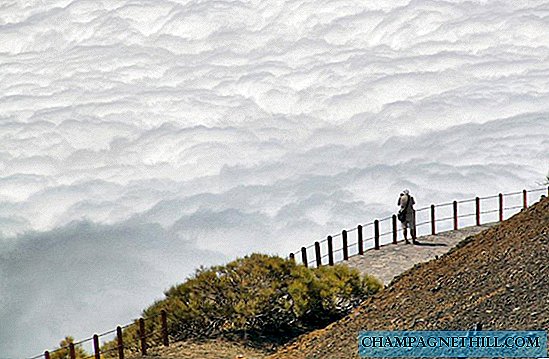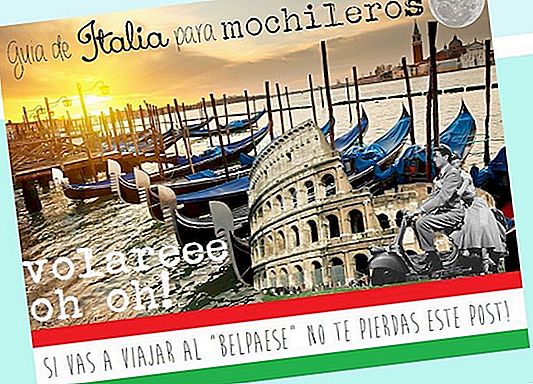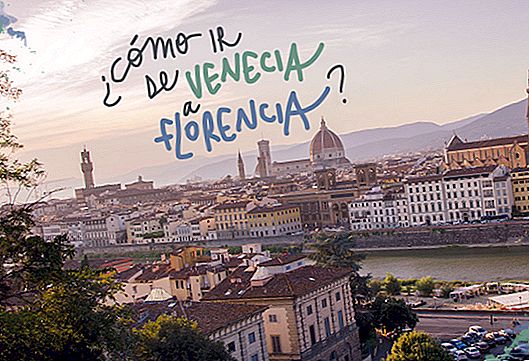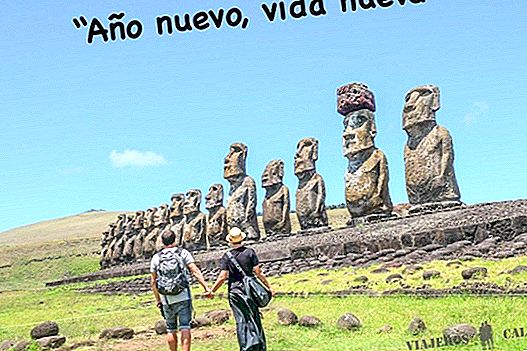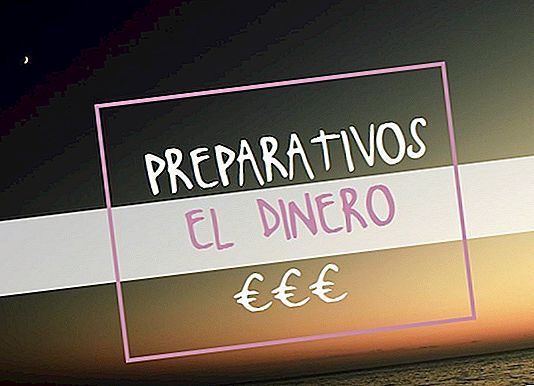
A big headache when planning a trip is the issue of money. Before going on an adventure, you usually ask yourself, how much do I need? How can I save? And once I get some savings ...how do I get the money during the trip? How do I manage money abroad? Do I take the money in cash or use a card?
Here comes our section of preparations that deal with how to manage money on the trip.
There are two basic options to make use of our money on trips:
A) Bring all the money in cash
- PROS: avoid withdrawal fees.
- CONS: you always have to be aware of the money. The currency exchange rate that is sometimes even higher than the withdrawal fees. For a trip of several months we do not advise, because it is quite uncomfortable, and who knows what can happen ...
B) Use the cards and withdraw money at ATMs
- PROS: convenience of not carrying large amounts of money on top. Security of being able to get the money at any time (as long as you find a cashier).
- CONS: there are not always ATMs available, especially in rural areas or islands. Withdrawal fees, which can reach 15 euros !!
In this case, we will have to review the contracts of our bank debit cards or ask them. We have to take into account two aspects:
- Commission for withdrawal: it can be a fixed (3-5 €) or a percentage of the withdrawal (4-5%). Keep in mind that in countries like Thailand there is a withdrawal fee applied by the local banks themselves (of 220THB, about € 6), to which you will have to add the one that your bank applies to you.
- Exchange rate applied to you at withdrawal. If it is the market or "swell". This is important, as many banks apply a percentage of around 1.5% or 2%.
Calculate how much you will be charged in a withdrawal of approximately € 300. For example, La Caixa gave us € 15 for a withdrawal of that amount! If it is too much in the end you may be compensated to carry the money in cash and always on top, especially for short trips.
We choose to get money abroad
We decided on the option to withdraw money at ATMs so we started the search after a perfect card. The one we started using was the EVO card, but the conditions changed (an ominous exchange rate chart was taken out of the sleeve!). We combed the market again and realized that there are several entities that are taking out ideal cards for travelers.
Here we tell you the solutions to have money abroad, and more about the cards we use: the Bnext card and the N26 card.
If your option is to bring cash
If your trip is not too long and you have chosen to carry cash, you will have the doubt ... Where is it better to change money? From our experience, it is best to change at the destination, if possible, at any exchange office in the city and avoid those at the airport. But you will need a little money to get to the city! Then the option would be to change a small number at the airport upon arrival and once in the city search and compare several exchange houses, to get the best exchange rate.
But if you want to avoid the stress of having to search and compare exchange rates and it is difficult for you, a good option is to change before going on a trip. Where? We prefer to avoid banks, usually charge quite high commissions, and pull for specialized houses (One of them is Exact Change), which usually offer good changes, in addition to other interesting advantages such as the purchase of a% of the remaining currency at the same price, home delivery or insurance in case your money is stolen when you travel.
How much money will we have to have saved? Well, this point is very, very relative. It depends on the style in which you travel, more or less money will be needed. We usually do it in hostels and rooms of Airbnb, eating in street stalls and restaurants not very expensive, moving with public transport and trying to spend as little as possible to continue traveling more. Which does not mean that we go to sleep every night in a knife, or that if we have eaten a tikka masala and we are more hungry, we stop eating (I wish we had this willpower).
Putting a daily money cap helps in managing expenses. To get an idea, this post of our expenses in Southeast Asia can help.
Looking at the possible expenses in detail
On each trip, the expenses can be divided into three main sections (we have put the prices in USD):
A) Accommodation
- Shared bedroom : Europe → $ 20-30 / Southeast Asia → $ 3-8 / Japan → $ 15-25 / US → $ 20-35 / Australia → $ 20-30. Per person and night.
- Private room in a hostel / hotel / Airbnb: Europe → $ 50-90 / Southeast Asia → $ 12-20 / Japan → $ 50-70 / US → $ 60-90 / Australia → $ 60-90
B) Food
Although there are destinations that a priori seem expensive, there are always options to save in the food section. We can pull fastfoods (for example in Japan they are good and very cheap, around 4-5 $ per plate), look at happyhour offers in some apps, coupon offers or websites like Groupon, not forgetting bakeries and supermarkets Remember that in countries like the US or Australia it is very normal for you to get free water in restaurants, so you can save your drink, which usually increases the total bill.
Referring to cheap restaurants and street options, the reference prices would be: Europe → $ 10-13 / Southeast Asia → $ 2-4 / Japan → $ 4-6 / US → $ 12-17 / Australia → $ 10-15
C) Transportation
It is an expense that must be taken into account to plan our trips. If you have planned the trip in advance you can allow yourself to book the tours online, accessing many offers and promotions for advance purchase. This usually occurs in bus and train companies in both Europe and the US. Obviously if you are going to move with internal flights the same thing happens.
However, the opposite is true in Asia and hiring short transports on the site itself allows you to negotiate prices and get a discount. Obviously this does not happen with flights!
In Southeast Asia, buses and trains usually cost $ 1 for each hour of travel. We, as far as we can, try to use buses, trains, tuktuk, rickshaw, bike, motorcycle. But it is interesting to remember that there are quite a few low cost companies in Asia (like AirAsia) that always have many offers: think that we found the opening of the Paris-Kuala Lumpur line, and we bought the one-way ticket for only € 190 each! ! ... so watch out for promotions !!!
First of all, with tears in our eyes and from the depths of our hearts, we want to thank the Chinese collective in Barcelona that has begun a pitched battle with thirds of beer at € 1. This made things very easy for us! Jokes aside, it has been a year of changes, economically speaking: the getaways to hotels with Spa were transformed into camping days ... dinners in restaurants have left room for homemade dinners (luckily Roby is a good cook!), To pizzas, coupons of catch it ...
But there are many more tricks to save:
- Do you eat at the office? If you take tupper you can save up to 20-50 euros a week ... 80-200 euros a month = 4-10 days in Asia!
- Are you fashion victims? Buy on sale, in online stores, outlet. If in the end a true fashion-person creates trends, do not follow them! Or the best, do not buy anything and recycle from the closet!
- Avoid taxis: use subway, bike, and walk! That's how you stay fit and help the environment 😉
- Did you buy the exercise bike because you couldn't live without it and it's 2 years that you don't even look at it? Try to sell it. In milanuncios or walapop there are thousands of second-hand ads, and it works!
- Always make the shopping list and go to the supermarket when you just ate, you will avoid the urge to grab food for an army (the belly will thank you too).
- Get out of the gym (also if you never go!) And go for a run, skate, do weights at home ...
- Get out without a card and with the right money. If you don't have pasta you won't be able to spend!
- Put all the coins of 10-20-50 cents in a piggy bank, a weight of less in the wallet and a saving of more!
- Have breakfast at home !! If you save € 2 5 days a week at the end of the year you will have € 480 more! ole !!
- Surely there are countless things to do for free in your city, if you also have the luck to live in Barcelona, you just have to choose !!
- If you like to read, approach the biblio and do not buy the books.
- And if you smoke then maybe you can save and improve your health by leaving the stinking tobacco at once!
But the best trick to saveis to think what we could do in our destiny with the money that we were about to spend. So the menu of our beloved "Tasca and Vins", however cheap it may be, meant 7 fried rice or 40 skewers! And that wonderful pair of sandals would give me the right to a romantic cruise on the Seine, or the plane ticket between NY and LA ... you will see that the effort will be worth it!
To explain it, we wrote this post. Let's see if we find the secret formula on the next trip!


